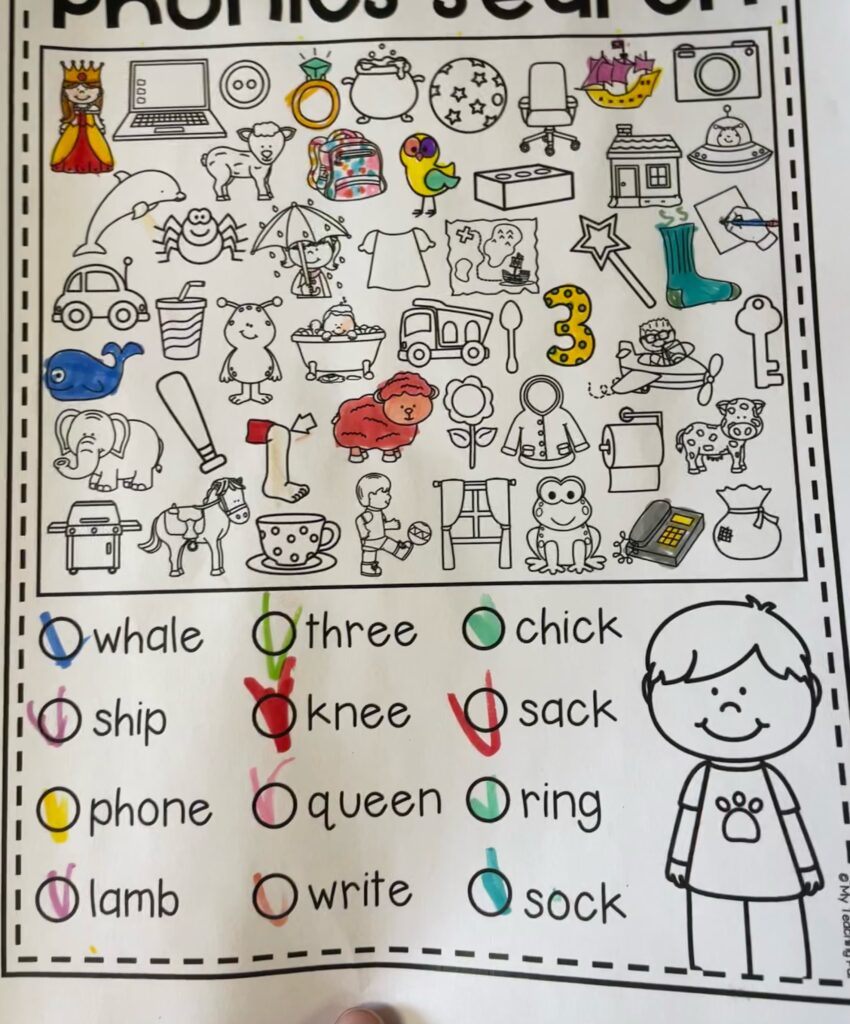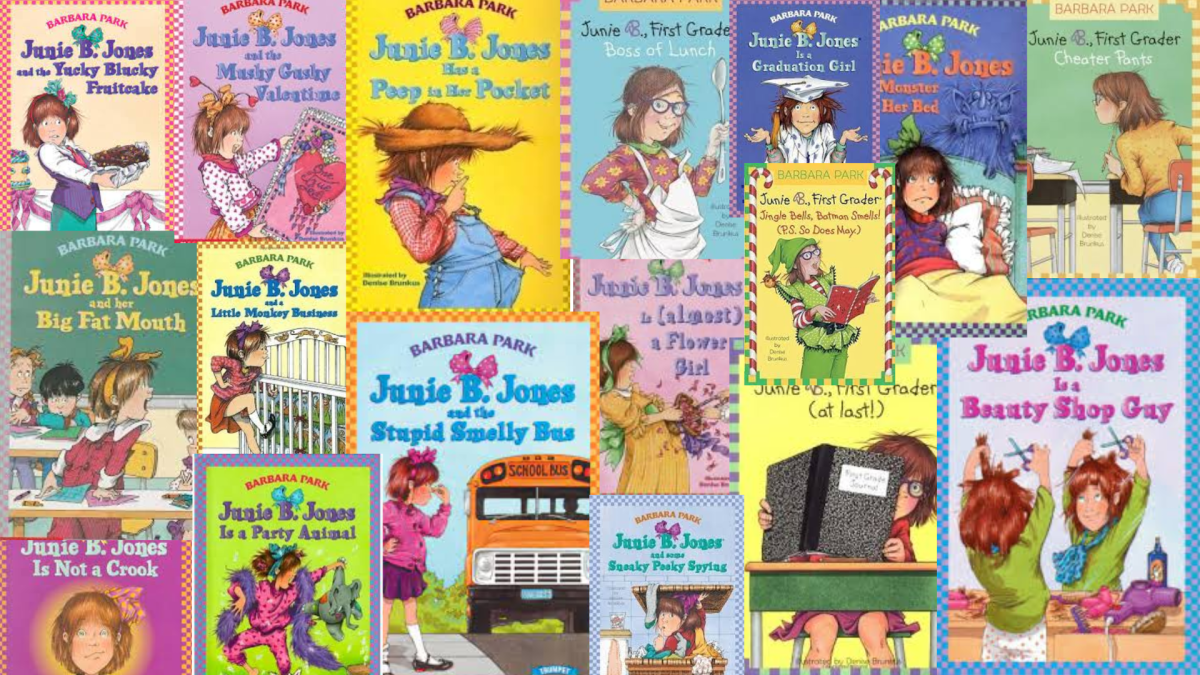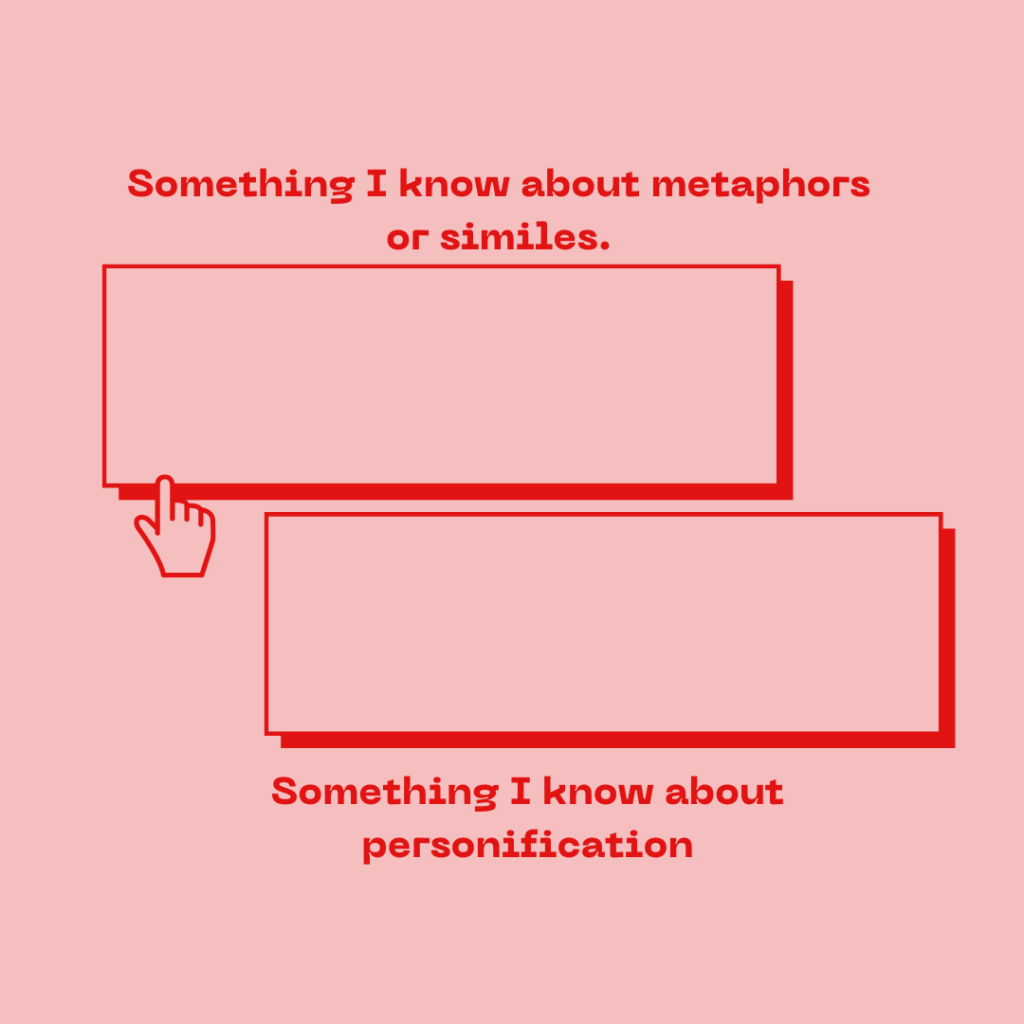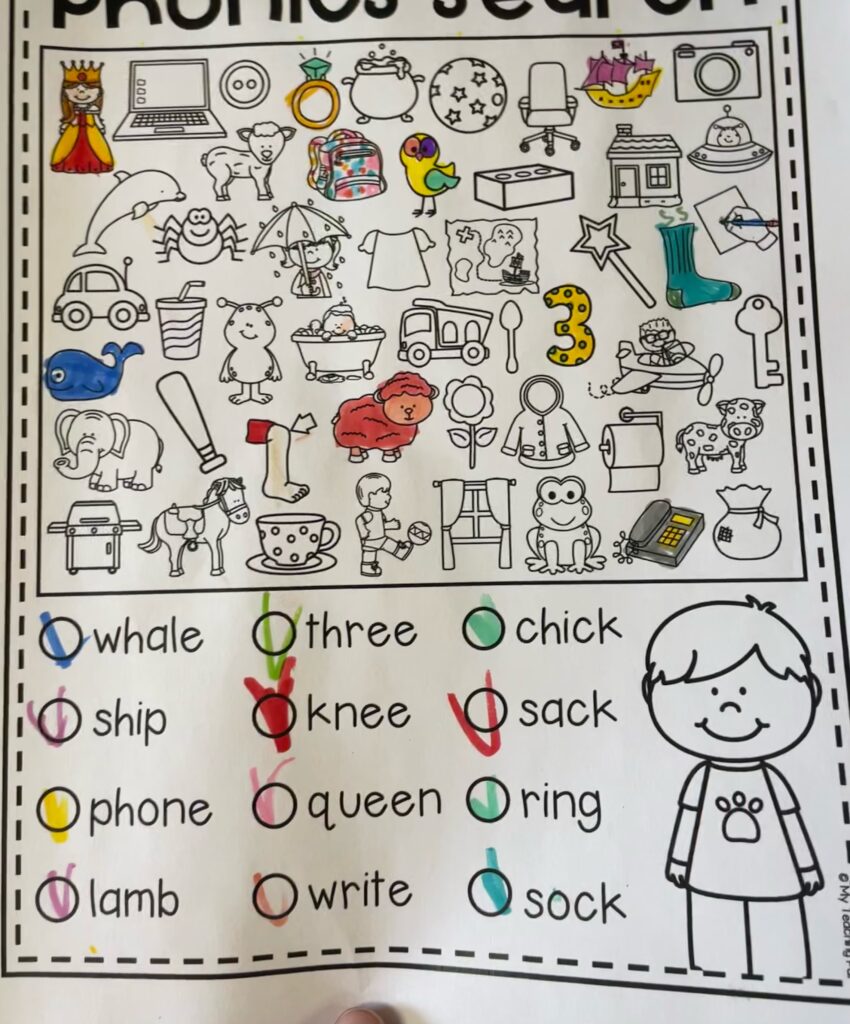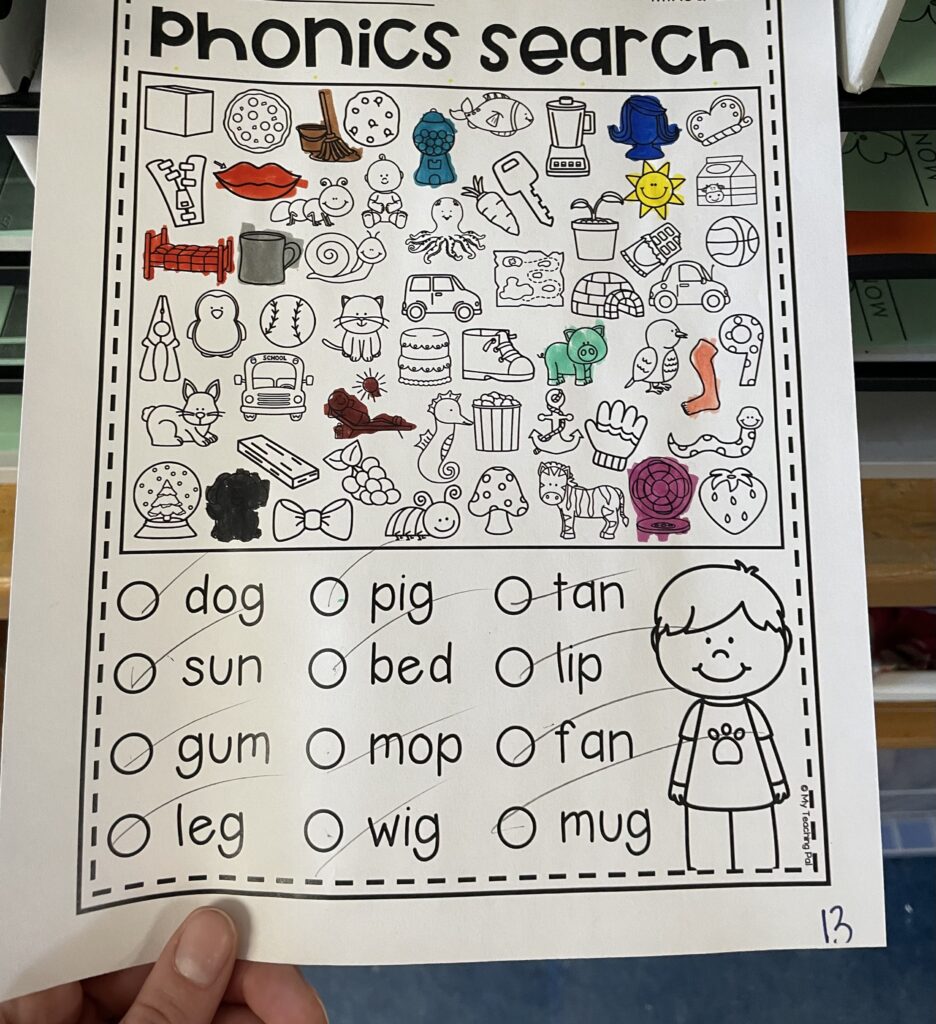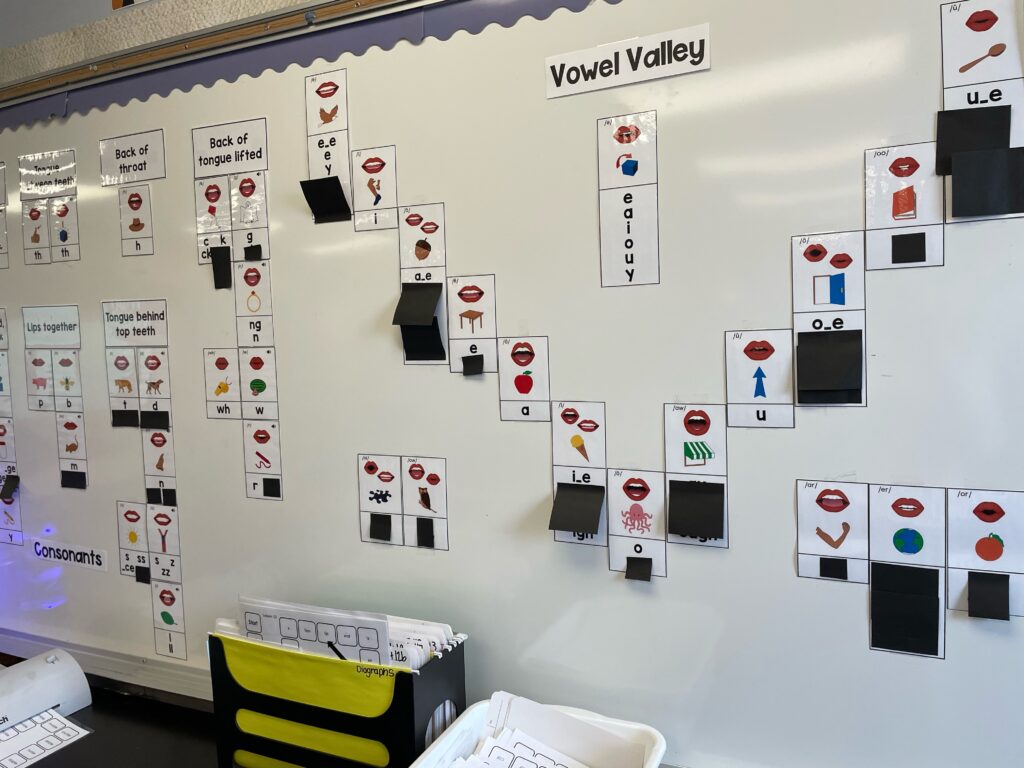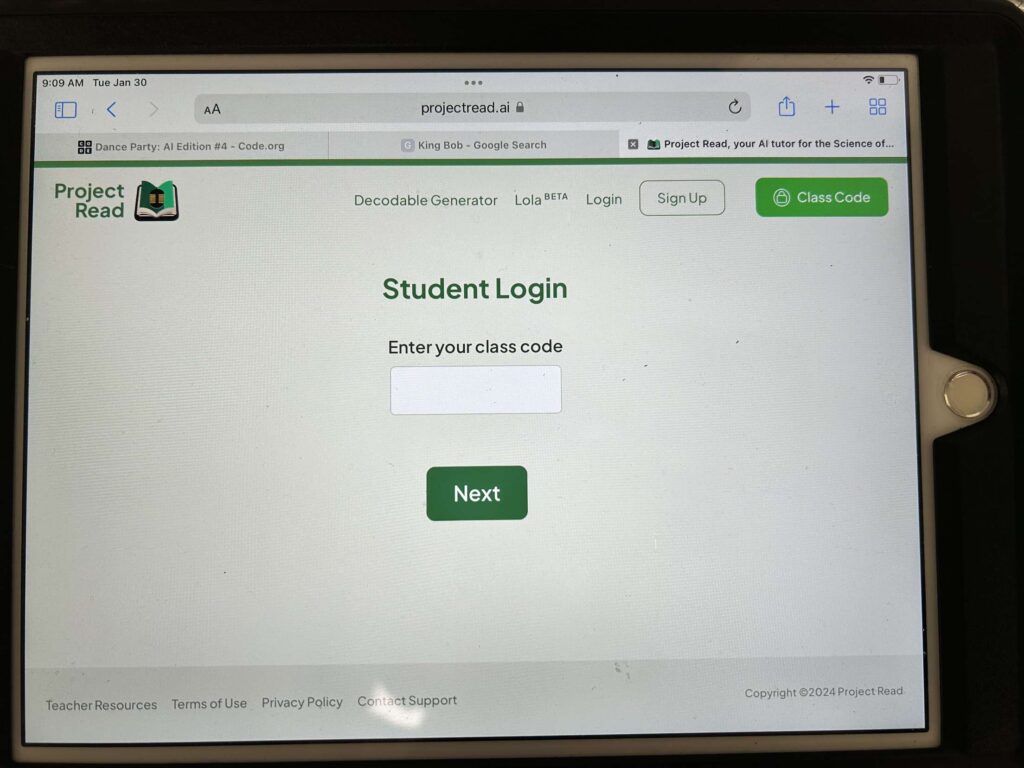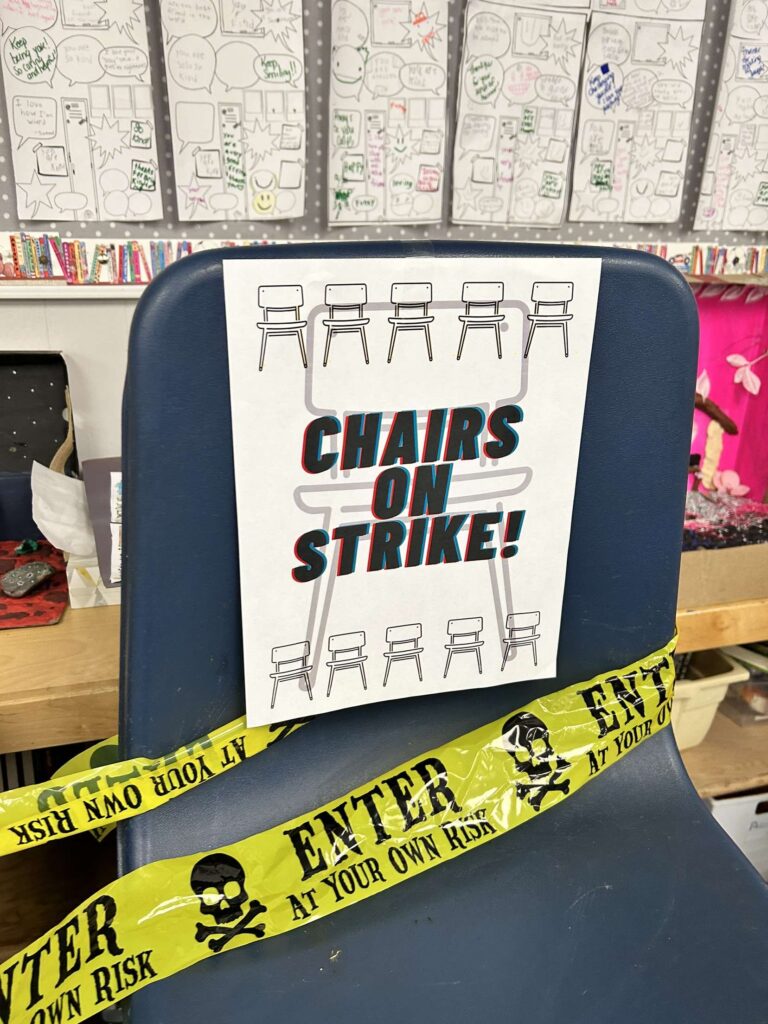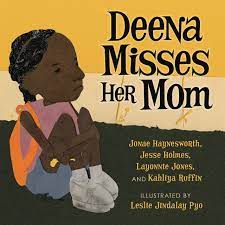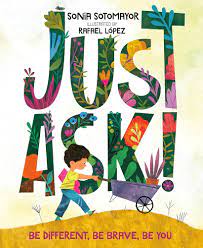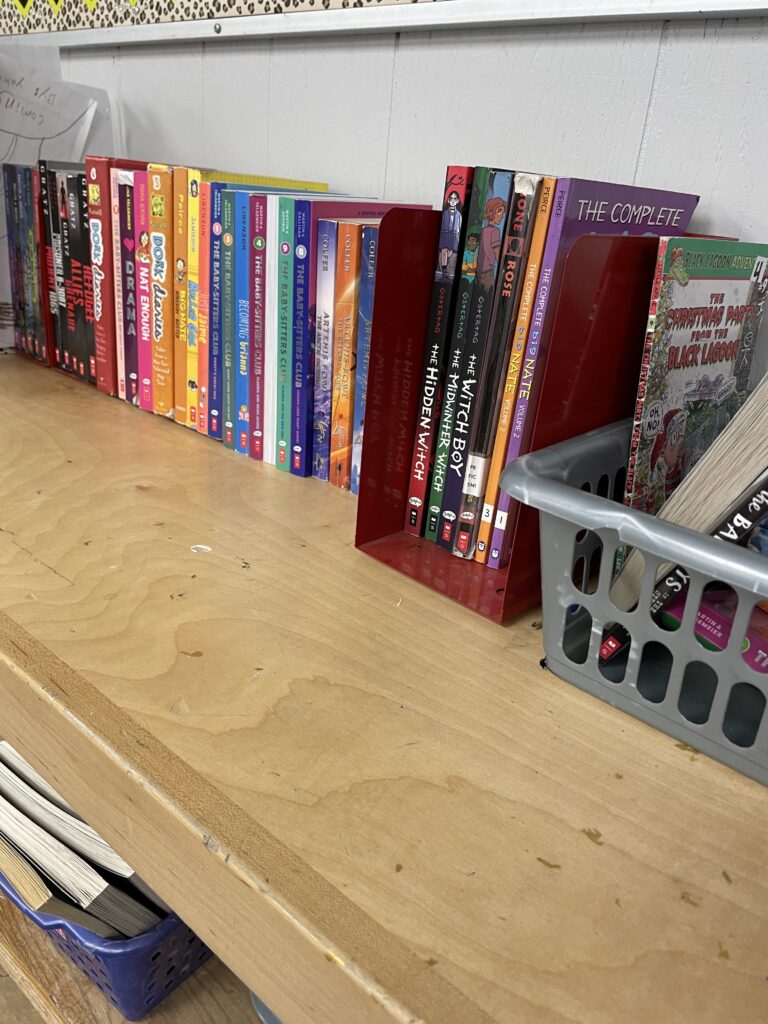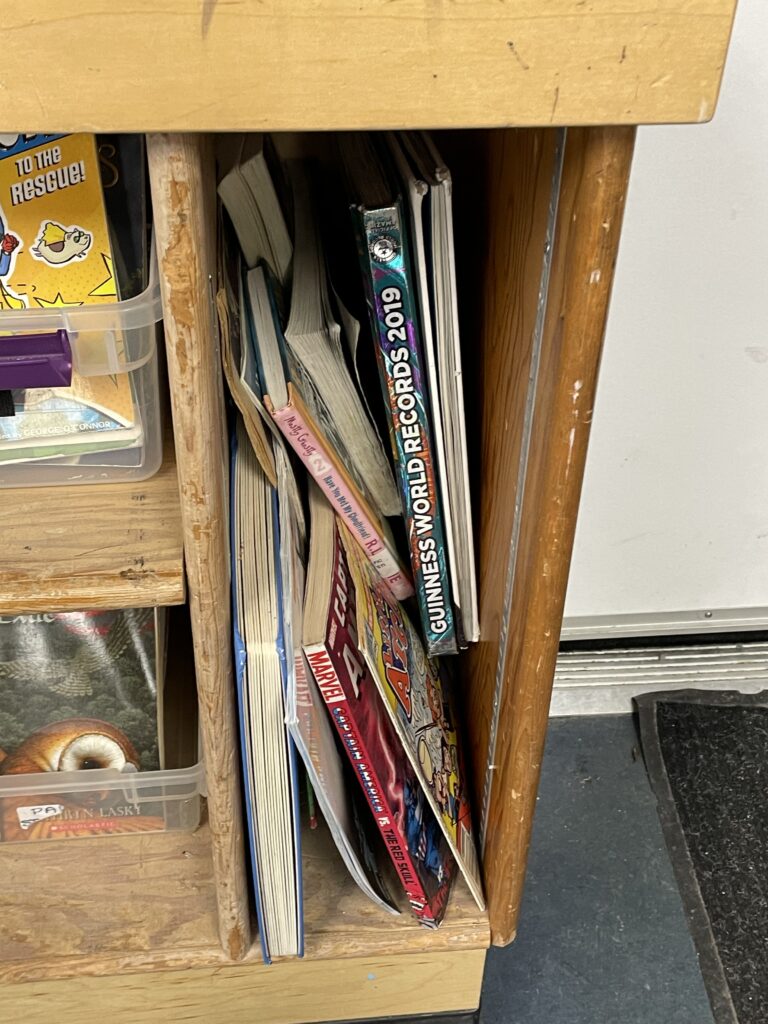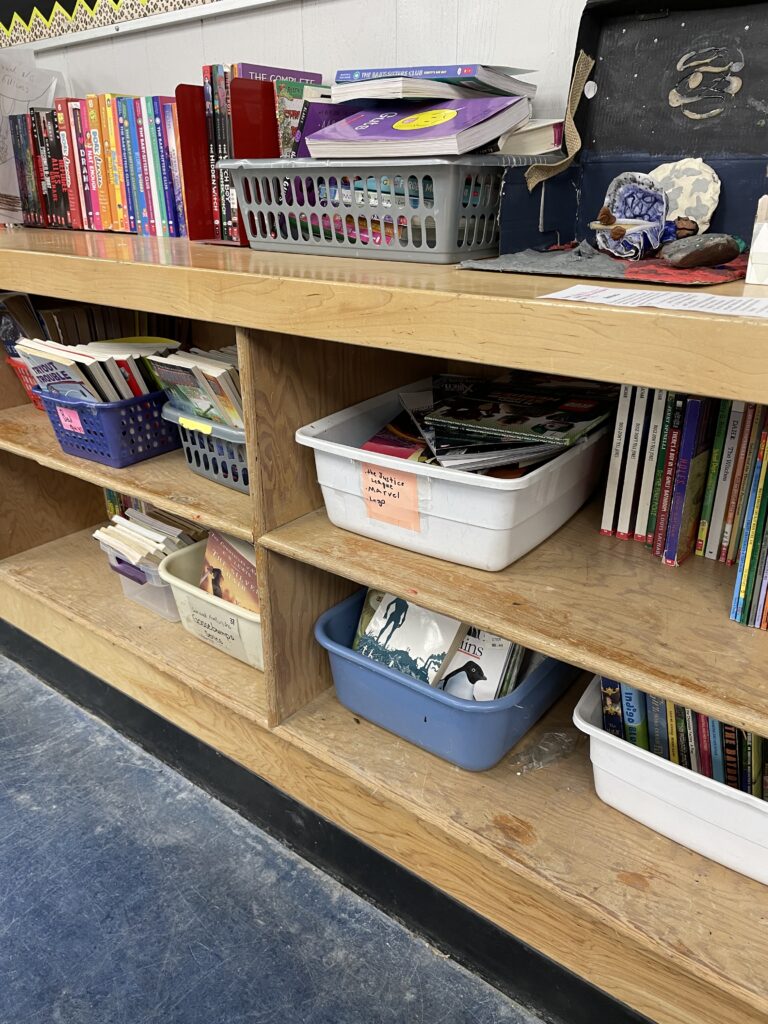1. How do you feel about reading? Tell me about it.
Reading has always been a middle of the road activity for me. It never overly excited me nor disapointned me. It was very much a mediocre middle ground for me. As much as I struggle to start books my biggest struggle is picking it uo for the second or third time. Starting a book is easy because I have no clue whats going to come. However once ive started the book unless it dives right into the action or something juicy then i find it really dificult to keep reading. You know when people say “oh this book is so so amazing you just have to get through the first few chapters,” those are not the books for me. Ive never understood how people just read several chapters there not interested in “waiting” for it to get good. I do not have this ability.
2. What types of books do you like to read?
Like I said earlier I need a book thats going to grab my attention right away. I typically enjoy books with a good story line with complex plots or characters that pull me in. As for genre, I am a little all over the map. Growing up in primary and secondary school I often leaned towards action adventure stories. I also love a book with a sense of humour that can make me chuckle. I always find it impressive when a book can make me laugh out loud. I also find myself reading a lot of self help books (which I used to think my mom was crazy for as a child, but look at me now haha.) I find it really intriguing to here other peoples points of views on such important and profound topics.
3. List some hobbies and things you like to do outside of school.
Outside of school one of my favorite things to do is any type of arts and crafts. I enjoy crocheting, making clay figurines and drawing. I’m not amazing at any of them but I really enjoy the relaxing nature of it. I also tutor in Math and French for 3 kids, 2 in grade 10 and one in grade 5. I also work as a server at a restaurant and a sports bar (they’re right beside each other.) i recently joined an intramural volleyball team with my roommates. Another activity I am far from good at, but I have a great time doing it .
4. Who are your favorite authors?
Robert munsch – Robert Munschs ability to captivate young readers with his huge imagination and humorous storytelling is unmatched in my opinion. His books vary greatly in content however they always teach valuable life lessons. I love that Munsch’s writing style includes lively dialogue and relatable characters. As a child I had a blast doing the voices differently for each character and animating the stories. The way he writes as the narrator is so inviting and familiar that it fosters a deep connection between the reader and the narrative. His stories will forever be timeless classics that continue to resonate with upcoming generations. Some of my favorite books by him are “Love you forever” and “The paper bag princess.”
5. Tell me a bit about the last book you read that you really enjoyed.
The last book I read was “The subtle art of not giving a f*ck,” which is a self help book about letting things go and making life more peaceful. I found it offered alot of different view points and different ways to look at scenarios, ways that are less stressful. I found it calming and helped me not sweat the little things.
6. Tell me a bit about what you have been doing since last semester during your winter break. How have you been spending your time?
I was excited and grateful to go back home to Mission BC for the winter holidays. My little sister and I flew back home to be with friends and family for the holiday season. Over the break i set a goal of practicing my typing skills. I am not a very fast typer and want to get better to help me in all the things I do on my computer. I made quite a large improvement over the break but can definitely get faster. Best of all I got to see my dog, Bosco. He is the absolute best!
7. What subjects or topics do you like learning about?
I’ve always had an interest in animals and how they all live and interact with one another. Since moving to Cranbrook I have had a blast learning about the different local animals around here.
I also enjoy learning about human nature and how it contributes to my life and those around me. Especially about the human brain and all the intricate factors of it.
8. If you could read a book about one thing, what would that be?
This is a difficult one. I think I would like to read a self-help book tailored to my life. Like if someone secretly followed me around and wrote down all the answers to guide me, reassure me, and just ease my mind to make my life more peaceful.

